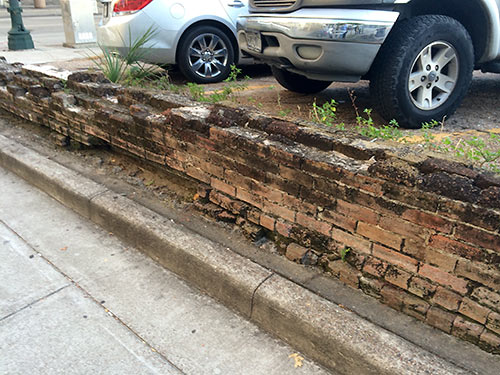
What tales of real-estate scandal are buried beneath the blocks surrounding Market Square? In 1988, the Bethje-Lang building at 316 Milam St., better known as the site of the Warren’s Inn bar, was torn down without so much as a permit by its new owner, Guardian Savings. According to an account enshrined on the Downtown District website, the soon-to-be-defunct S&L was able to wrest the building from its previous owner, Warren Trousdale, only after a multi-year campaign of harassment that included mysteriously cemented-up sewer lines. (Trousdale’s sister established the current Warren’s Inn, across Market Square on Travis St., in his — and the building’s — memory.) Guardian Savings was never able to build the development it planned for that site, but the parking lot it left behind was ripped out this past summer for construction of the 40-story Market Square Tower.
The block likely held the remnants of other storied escapades, but a Swamplot reader says it’s all gone now: “The entire site [was] bulldozed, excavated and historically sanitized in a matter of a few days. During the excavations red brick foundations were exposed to a depth of about 15 feet and destroyed. There was no sign of any archeological due diligence by the developer before or during the demolition.”
But if you like digging in Houston real estate dirt, there’s still plenty left to explore beneath an adjacent parking lot:
CONTINUE READING THIS STORY
Unearth, or Let them Lie?
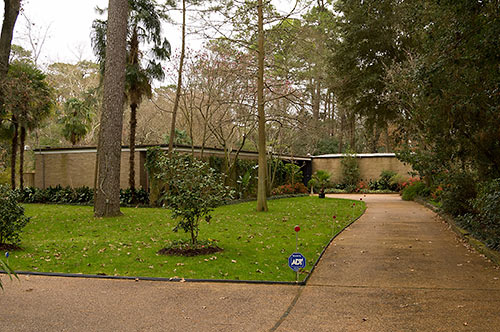



 Â Houston Arts Alliance’sÂ
 Houston Arts Alliance’s  “If the Pilgrims had landed on the Island of Doom (Cabeza de Vaca’s name for Galveston) the Karankawas may well have simply eaten them. So the first Thanksgiving would consist of long pig festooned with buckle hats.” [
“If the Pilgrims had landed on the Island of Doom (Cabeza de Vaca’s name for Galveston) the Karankawas may well have simply eaten them. So the first Thanksgiving would consist of long pig festooned with buckle hats.” [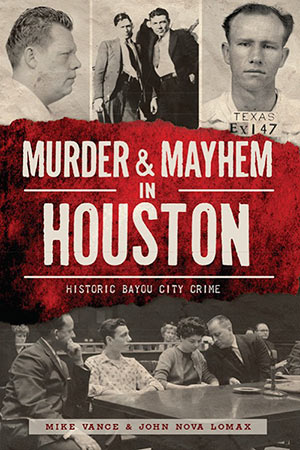 “Houston and New Orleans stand alone as the creepiest cities on the Gulf Coast,” declare Mike Vance and John Nova Lomax. “With its pervasive voodoo ambience, sprawling cities of the dead, air of genteel decay and long history of murder and mayhem, New Orleans is undeniably a spooky town. Fright is a cottage industry there. Having said that, Houston is not far behind. Houstonians just don’t celebrate death and the past the way New Orleanians do.”
“Houston and New Orleans stand alone as the creepiest cities on the Gulf Coast,” declare Mike Vance and John Nova Lomax. “With its pervasive voodoo ambience, sprawling cities of the dead, air of genteel decay and long history of murder and mayhem, New Orleans is undeniably a spooky town. Fright is a cottage industry there. Having said that, Houston is not far behind. Houstonians just don’t celebrate death and the past the way New Orleanians do.” 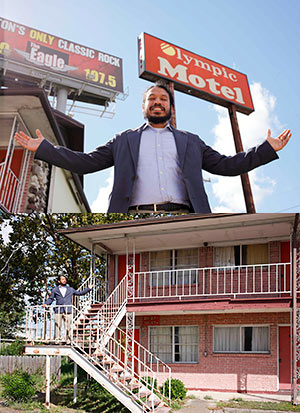 The account may be a tad more florid, but
The account may be a tad more florid, but 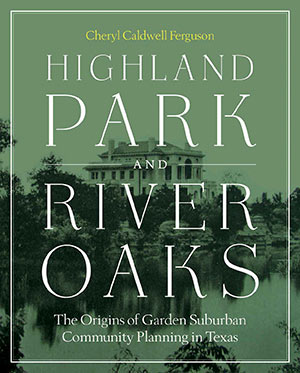 They each contain some of their city’s most expensive homes, and gave their name to classic (well, in one instance
They each contain some of their city’s most expensive homes, and gave their name to classic (well, in one instance 
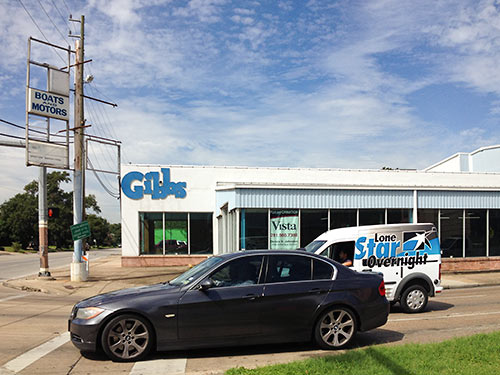
 “Houstonians do not look back at the past. They are so intent upon running into the future at break-neck speed that any glance into the past could lead to a disastrous fall. I will have you know that they are running with scissors.” [
“Houstonians do not look back at the past. They are so intent upon running into the future at break-neck speed that any glance into the past could lead to a disastrous fall. I will have you know that they are running with scissors.” [
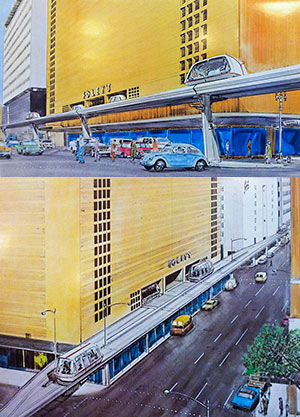 Digging into 40-some-year-old documents resting comfortably in the Houston Metropolitan Research Center at the Julia Ideson Library,
Digging into 40-some-year-old documents resting comfortably in the Houston Metropolitan Research Center at the Julia Ideson Library,  “Southern Pacific (not Union Pacific, as one writer claimed), demolished this station in 1959. Critics may blame Houstonians for failing to rally and save the building, but the fact is that the modern architectural preservation movement didn’t start until the early 1970s, and even my architecturally hip home town of Chicago let some classic beauties like Louis Sullivan’s Stock Exchange slip away before public sentiment for preservation began to build. The first downtown railroad-station preservation-restoration project did not take place until 1973, when the Southern Railway’s vacant Terminal Station in Chattanooga was transformed into a restaurant and hotel complex.
If anybody has any photos of the interior of the SP station in Houston I would like to examine them for a book I’m writing about what happened to each of the big downtown stations in North America. SP’s Houston Station was designed by Texas’s most celebrated architect, Wyatt C. Hedrick, who also designed the Shamrock Hotel, the T&P station in Fort Worth, and dozens of admired hotels, factories and commercial buildings. Photos of his T&P station are all over the Internet but SP demolished his Houston station before anyone had a chance to make any good photos.” [
“Southern Pacific (not Union Pacific, as one writer claimed), demolished this station in 1959. Critics may blame Houstonians for failing to rally and save the building, but the fact is that the modern architectural preservation movement didn’t start until the early 1970s, and even my architecturally hip home town of Chicago let some classic beauties like Louis Sullivan’s Stock Exchange slip away before public sentiment for preservation began to build. The first downtown railroad-station preservation-restoration project did not take place until 1973, when the Southern Railway’s vacant Terminal Station in Chattanooga was transformed into a restaurant and hotel complex.
If anybody has any photos of the interior of the SP station in Houston I would like to examine them for a book I’m writing about what happened to each of the big downtown stations in North America. SP’s Houston Station was designed by Texas’s most celebrated architect, Wyatt C. Hedrick, who also designed the Shamrock Hotel, the T&P station in Fort Worth, and dozens of admired hotels, factories and commercial buildings. Photos of his T&P station are all over the Internet but SP demolished his Houston station before anyone had a chance to make any good photos.” [ “Wow, I never knew there was a waste incinerator right in the Fourth Ward. Here’s a handy timeline:
Post-Civil War: Freed slaves construct their own neighborhood in the Fourth Ward.
1917: Camp Logan Race Riots are sparked off when a Houston
“Wow, I never knew there was a waste incinerator right in the Fourth Ward. Here’s a handy timeline:
Post-Civil War: Freed slaves construct their own neighborhood in the Fourth Ward.
1917: Camp Logan Race Riots are sparked off when a Houston  Embedded in a profile of 99-year-old artist Elinor Evans, who taught freshman design at the university in the sixties, seventies, and eighties — and whose exhibition of collages at the Moody Gallery opened earlier this month — is this bit of
Embedded in a profile of 99-year-old artist Elinor Evans, who taught freshman design at the university in the sixties, seventies, and eighties — and whose exhibition of collages at the Moody Gallery opened earlier this month — is this bit of